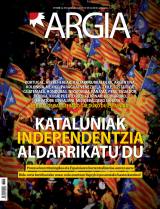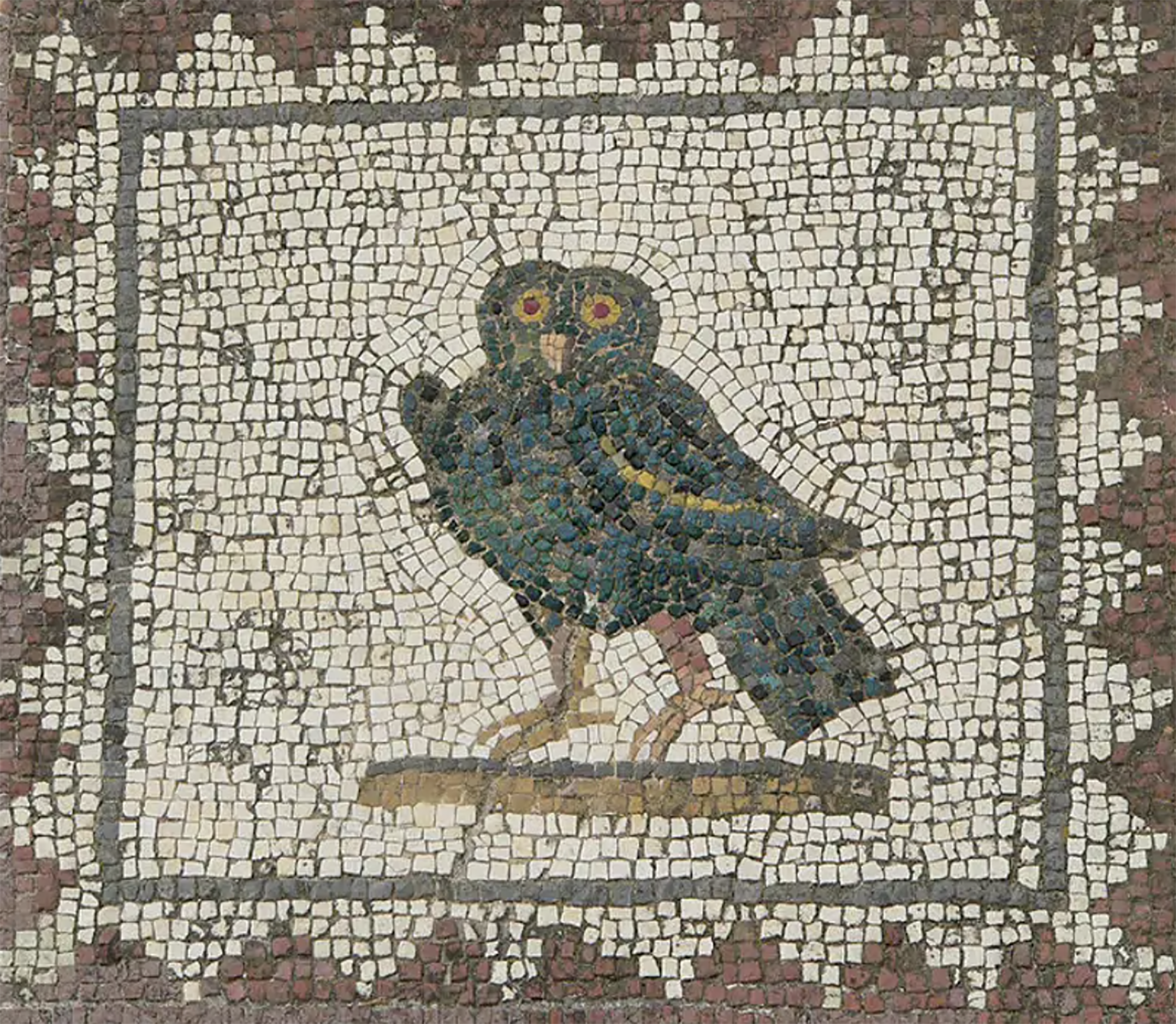Nanotechnology of the 4th century
- Alexandria or Rome, about 290-325. It made a special piece of glass and metal called The Licurgo Cup, probably in more than one place of the Roman Empire. According to the experts, the Copa process involved three factories that would prepare a glass block beforehand in countries such as Palestine or Egypt. Carved in glass, the king of the Likur Trlucks appears surrounded by vine, and the god Bako and his two followers laugh at the king, who was conceived for celebrations of worship of Baco.

The Kaiola Cup or special Diatretum is the Licurgorgo, the only type that has come to us in its entirety and the only one of this time. But the main thing is that it's made of dichroic glass. Thanks to a curious material, when the light is in front, the cup is greenish and opaque, but if illuminated from behind it is reddened and translucent by the effect of superficial plasma resonance.
Starting in 1990, and only through transmission electron microscopes, researchers were able to see why the glass produces this effect: glass has gold and silver nanoparticles, about 50 nanometers, that is, a thousand times smaller than salt grains. And these particles are spread like colloids. That is, the artists/scientists who made the cup used nanotechnology, not knowing what nanotechnology is.
Nowadays, the manufacturing of this type of dichronic glass requires a measured and responsible process. But to what extent did they control and understand this process in the fourth century?
Some believe that the effect was fortuitous when the gold and silver powder was unexpectedly contaminated with glass. And the authors may not know that glass, in addition to silver, had gold, as Roman silver often had small portions of gold.
But even though the Likurgo Cup is the only Roman piece of dichronic glass, more fragments of this type of glass of the same time have also been found, although the color difference is not so obvious and spectacular. It must therefore be thought that they controlled the process in part and were able to repeat it over and over again.
What they did not know is that seventeen centuries later the cup would become a source of inspiration for the study of nanoplasmosis, a technology that would allow, among other things, to perform pregnancy tests, diagnose diseases and identify biological risks.
Poloniar ikerlari talde batek Sevillako Italica aztarnategiko Txorien Etxea aztertu du, eta eraikinaren zoruko mosaikoak erromatar garaiko hegazti-bilduma xeheena dela ondorioztatu du.
Txorien etxean 33 hegazti daude mosaikoetan xehetasun handiz irudikatuta. Beste... [+]
Judea, 2nd century AD. In the turbulent atmosphere of the Roman province, a trial was held against Gaddaliah and Saul, accused of fraud and tax evasion. The trial was reported on a 133-line paper in Greek (pictured). Thinking that it was a Nabataean document, the papyrus was... [+]
A group of interdisciplinary researchers from the Free University of Berlin and the Zuse Institute have developed a complex mathematical model to better understand how Romanization spread in North Africa.
According to a study published in the journal Plos One, the model has... [+]
Although it was thought that in most of the cities of the Roman Empire there were jails, little remains have been found of the prisons of the time in the fields.
Recently, however, the archaeologist at the University of Copenhagen, Matthew Larsen, has identified the Roman... [+]
Rome, towards the year 100 d. C. The poet Juvenal received the X. In Satira: “For a long time, particularly since we have to sell the vote, this people has lost interest in politics. Before, the head, the lots, the legions and, after all, they gave it all, but now they let it... [+]
This winter the archaeologists of the INRAP (National Institute of Preventive Archaeological Research) have found a special necropolis in the historic centre of Auxerre (French State), a Roman cemetery for newborn babies or stillbirths. - Oh, good! The necropolis used between... [+]
Rome, a.C. 443. Censors were elected for the first time. Two centuries later it would be the most important magistrature of the Republic. Every five years, they chose two censors among consular senators.
It was a position of great responsibility: they were primarily responsible... [+]
It has been considered that the wine drank by the ancient Romans was a poorly made wine, without body and with an unpleasant taste. But the work that researchers at the universities of Ghent and Warsaw have published in Antiquity has provoked the withdrawal of this belief.
The... [+]
To analyse the political situation in today ' s world we often do not use the history of the Roman era. I guess it will be because it seems too old and too far away. Moreover, among such different things, we find it difficult to empathize with the history there... [+]

























